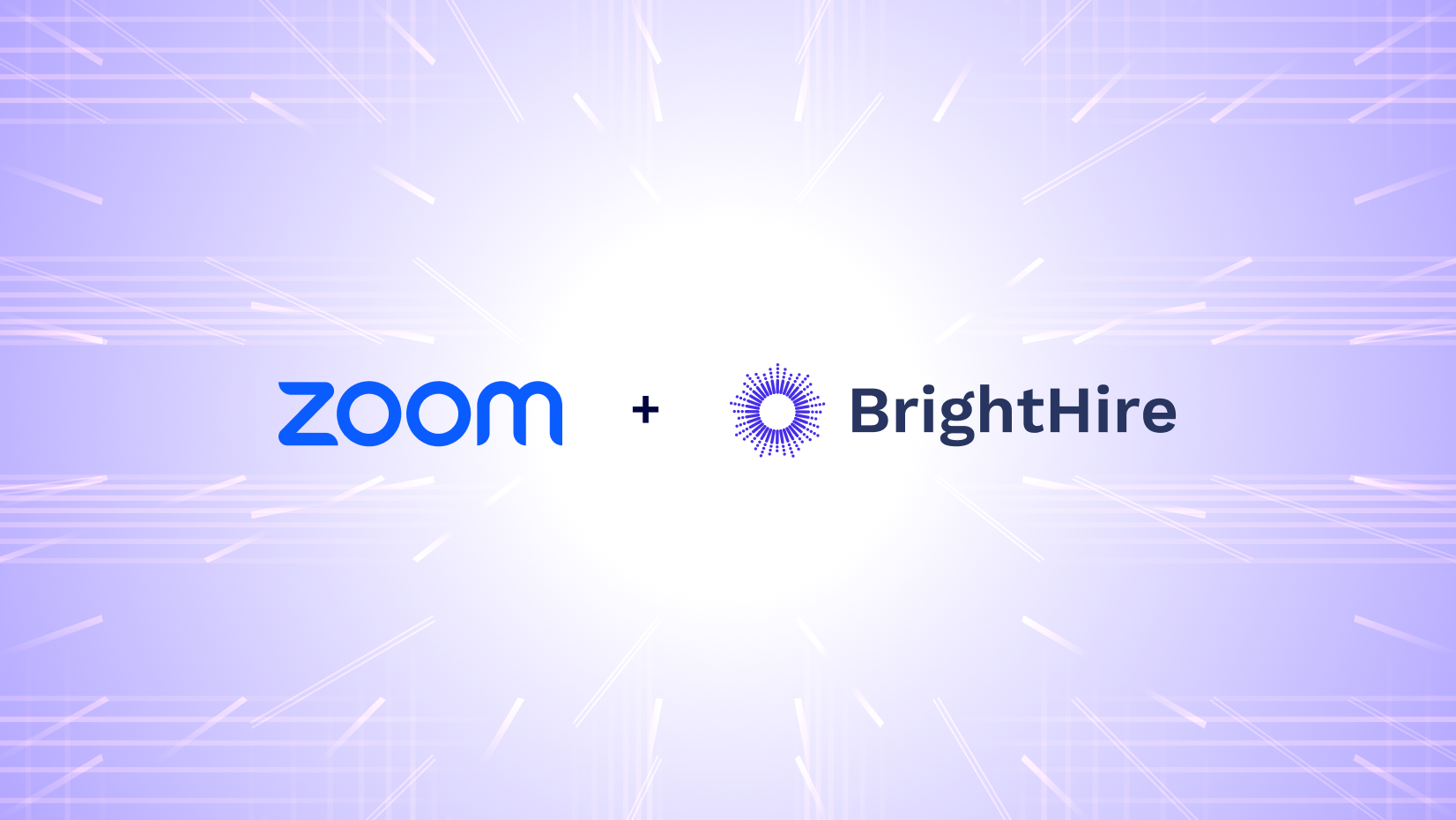
Zoom acquires BrightHire, adding AI-powered hiring lifecycle capabilities to Zoom Workplace
Broadens Zoom’s AI-first platform with intelligent interview capabilities for millions of hiring conversations.
Updated on March 09, 2023
Published on April 01, 2020


 In this scenario, where all participants are using the Zoom app, no user content is available to Zoom’s servers or employees at any point during the transmission process.
Zoom supports a diverse ecosystem of communication channels in order to offer our users as many ways to connect as possible. When users join Zoom meetings using devices that do not inherently use Zoom’s communication protocol, such as a phone (connected via traditional telephone line, rather than the app) or SIP/H.323 room-based systems, Zoom’s encryption cannot be applied directly by that phone or device. That said, our goal is to keep data encrypted throughout as much of the transmission process as possible. To achieve this, we have created specialized clients to translate between our encrypted meetings and legacy systems. We call these Zoom Connectors, and they include:
In this scenario, where all participants are using the Zoom app, no user content is available to Zoom’s servers or employees at any point during the transmission process.
Zoom supports a diverse ecosystem of communication channels in order to offer our users as many ways to connect as possible. When users join Zoom meetings using devices that do not inherently use Zoom’s communication protocol, such as a phone (connected via traditional telephone line, rather than the app) or SIP/H.323 room-based systems, Zoom’s encryption cannot be applied directly by that phone or device. That said, our goal is to keep data encrypted throughout as much of the transmission process as possible. To achieve this, we have created specialized clients to translate between our encrypted meetings and legacy systems. We call these Zoom Connectors, and they include:
 To ensure this entire process meets the needs of our customers around the clock and around the world, Zoom currently maintains the key management system for these systems in the cloud. Importantly, Zoom has implemented robust and validated internal controls to prevent unauthorized access to any content that users share during meetings, including – but not limited to – the video, audio, and chat content of those meetings.
Zoom has never built a mechanism to decrypt live meetings for lawful intercept purposes, nor do we have means to insert our employees or others into meetings without being reflected in the participant list.
For those who want additional control of their keys, an on-premise solution exists today for the entire meeting infrastructure, and a solution will be available later this year to allow organizations to leverage Zoom’s cloud infrastructure but host the key management system within their environment. Additionally, enterprise customers have the option to run certain versions of our connectors within their own data centers if they would like to manage the decryption and translation process themselves.
We are committed to doing the right thing by users when it comes to both security and privacy, and understand the enormity of this moment. With hospitals, universities, schools, and other organizations across the world relying on Zoom to stay connected and operational, we are proud of the work we have done to protect the data of those critical institutions with encryption – and we look forward to sharing more information on our security practices in the near future.
To ensure this entire process meets the needs of our customers around the clock and around the world, Zoom currently maintains the key management system for these systems in the cloud. Importantly, Zoom has implemented robust and validated internal controls to prevent unauthorized access to any content that users share during meetings, including – but not limited to – the video, audio, and chat content of those meetings.
Zoom has never built a mechanism to decrypt live meetings for lawful intercept purposes, nor do we have means to insert our employees or others into meetings without being reflected in the participant list.
For those who want additional control of their keys, an on-premise solution exists today for the entire meeting infrastructure, and a solution will be available later this year to allow organizations to leverage Zoom’s cloud infrastructure but host the key management system within their environment. Additionally, enterprise customers have the option to run certain versions of our connectors within their own data centers if they would like to manage the decryption and translation process themselves.
We are committed to doing the right thing by users when it comes to both security and privacy, and understand the enormity of this moment. With hospitals, universities, schools, and other organizations across the world relying on Zoom to stay connected and operational, we are proud of the work we have done to protect the data of those critical institutions with encryption – and we look forward to sharing more information on our security practices in the near future.